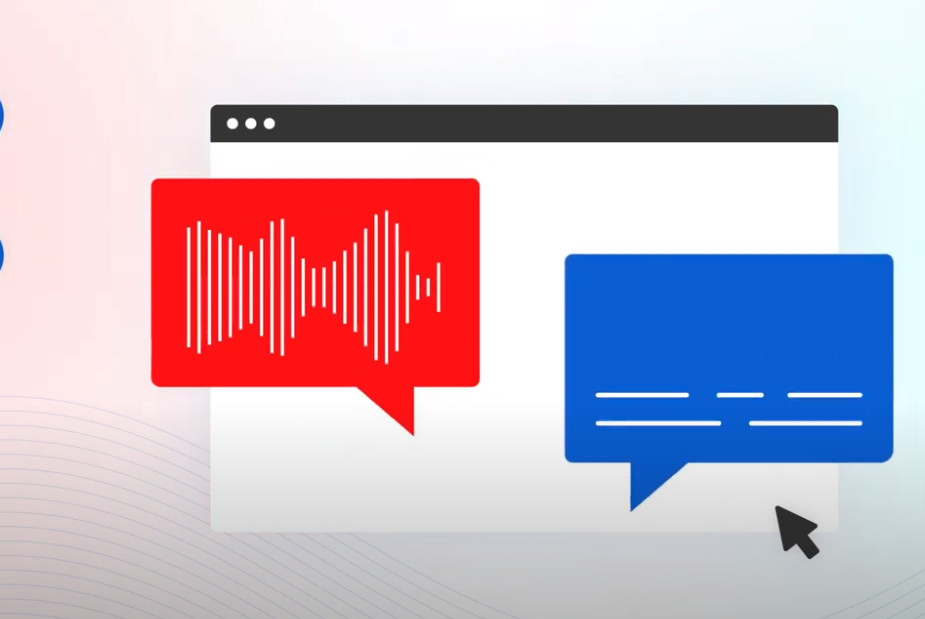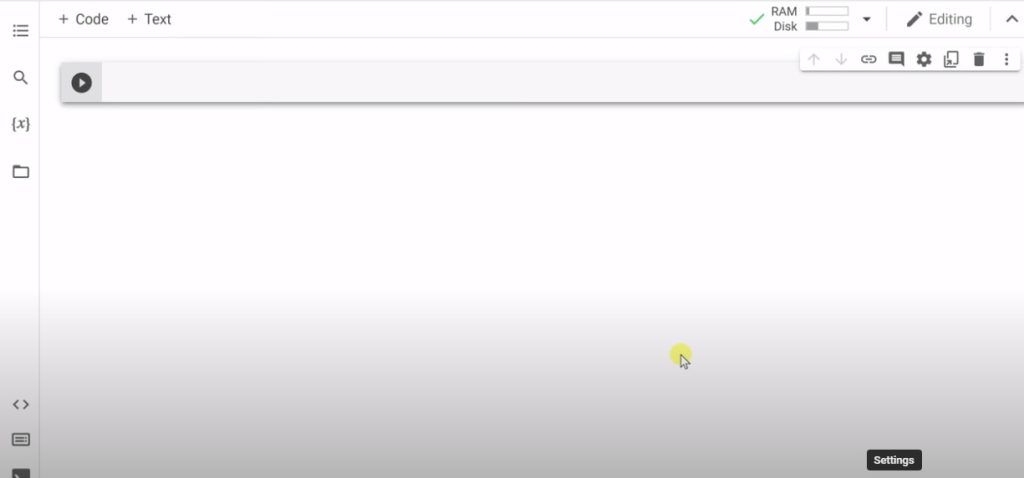In a world where information plays a paramount role, speech-to-text conversion becomes an integral part of many processes. This process not only enhances access to information but also facilitates communication in various situations. Let's explore why this option is relevant and what opportunities it opens up.


Text-to-speech conversion: simple yet powerful solution
Text-to-speech conversion is a process that allows computers and devices to translate written text into natural language, which is then perceived and understood by humans. This action is based on principles of speech recognition, where the sound wave is analyzed using artificial intelligence algorithms to determine words and sentences. Examples of such speech recognition can be seen in various applications and services, such as WhatsApp and Google Voice. For instance, when sending a voice message on WhatsApp, your speech is recorded, then converted into text and displayed on the recipient's screen. This enables users to quickly and conveniently exchange messages without typing.Who uses speech-to-text conversion and when
Speech-to-text conversion is actively used both in personal life - for communication, for example, by people with hearing impairments, and in professional work. Here are some examples:- Medical professionals. Doctors, nurses, and other healthcare professionals can convert speech to text for documenting medical records and reports. This allows them to quickly and accurately input patient information into electronic medical records.
- Journalists and writers. Media professionals and other publishing experts can use this process for quickly recording and transcribing interviews, notes, and ideas. Speech-to-text conversion enables them to preserve valuable moments and insights without the need to write them manually.
- People with disabilities. Visually impaired or deaf individuals can transcribe voice messages to improve their communication. This makes them more independent and provides access to various information and communication.
- Business. Commercial organizations can implement transcription, or in other words, speech translation from audio and video to text, for recording and analyzing phone calls, webinars, meetings, and other business communications. Converting speech to written format allows them to efficiently manage information and analyze data to make informed decisions.

Speech recognition programs
An alternative to manual speech transcription is the use of specialized programs. There are many applications and services for speech-to-text conversion. Some of the most popular ones include:- Google Speech Synthesis. This is one of the most common and accessible speech recognition and synthesis programs from Google. It is used to create text versions of audio recordings and read text aloud using artificial intelligence and speech synthesis technology. The service analyzes the audio recording, uses machine learning algorithms for speech recognition, and converts it into a text message. It can then play back this text using speech synthesis.
- Amazon Transcribe. This is a speech recognition service from Amazon Web Services. It is designed for automatic transcription of audio recordings and video files. The program uses machine learning and neural networks to analyze audio and video recordings and convert speech into text. Amazon Transcribe works with various languages and dialects.
- Microsoft Azure Speech to Text. It allows converting audio and video recordings into text with high accuracy and speed. Cloud computing and machine learning technologies are used here for speech recognition and transcription of everything spoken by a person. It supports various languages, including different variations of English. The service can be used to create transcriptions of audio recordings, transcribe conversations using call recording and dictation apps, and automatically add subtitles to video files.
- IBM Watson Speech to Text. This speech recognition service from IBM allows converting audio and video recordings into text using artificial intelligence and machine learning technologies. IBM Watson works with various languages (French, Arabic, English, and others). The service can be applied to create transcripts of meetings and conferences, process calls in contact centers, and automatically generate text from audio files.
Benefits of speech-to-text conversion
The primary advantage is the high processing speed and cost-effectiveness compared to human transcription. Other benefits include:- Increased productivity. Converting speech to text allows people to record information faster, which enhances decision-making speed.
- Ease of use. This process is convenient and accessible to everyone, even those who lack fast typing skills.
- Improved accessibility. Speech-to-text conversion makes information available to a wide range of people, including those with disabilities or limited literacy.
Drawbacks of speech-to-text conversion
The main downside is not always accurate text recognition, which may require additional human verification. Other drawbacks include:- Incomplete contextual understanding. Speech recognition programs may struggle with understanding context or tones, leading to misinterpretation of messages.
- Results heavily depend on speech clarity. If a person speaks quickly and unclearly, indicating pronunciation issues, the program may misinterpret the information.
- Limited language support. Some programs may have limited language support, making them less effective for multilingual communities.
Example of speech-to-text conversion
When it comes to semi-automated services, a special online notepad and a timeline are used to manually transcribe the recording. It is much easier to recognize speech using automated programs. All that is required is to record an audio file using a microphone or upload a pre-prepared recording. Then, the application automatically recognizes the voice and converts it into a text message, which can be edited and used as needed.
